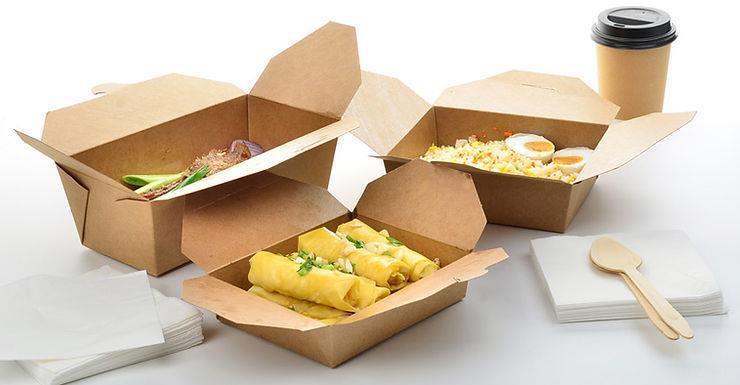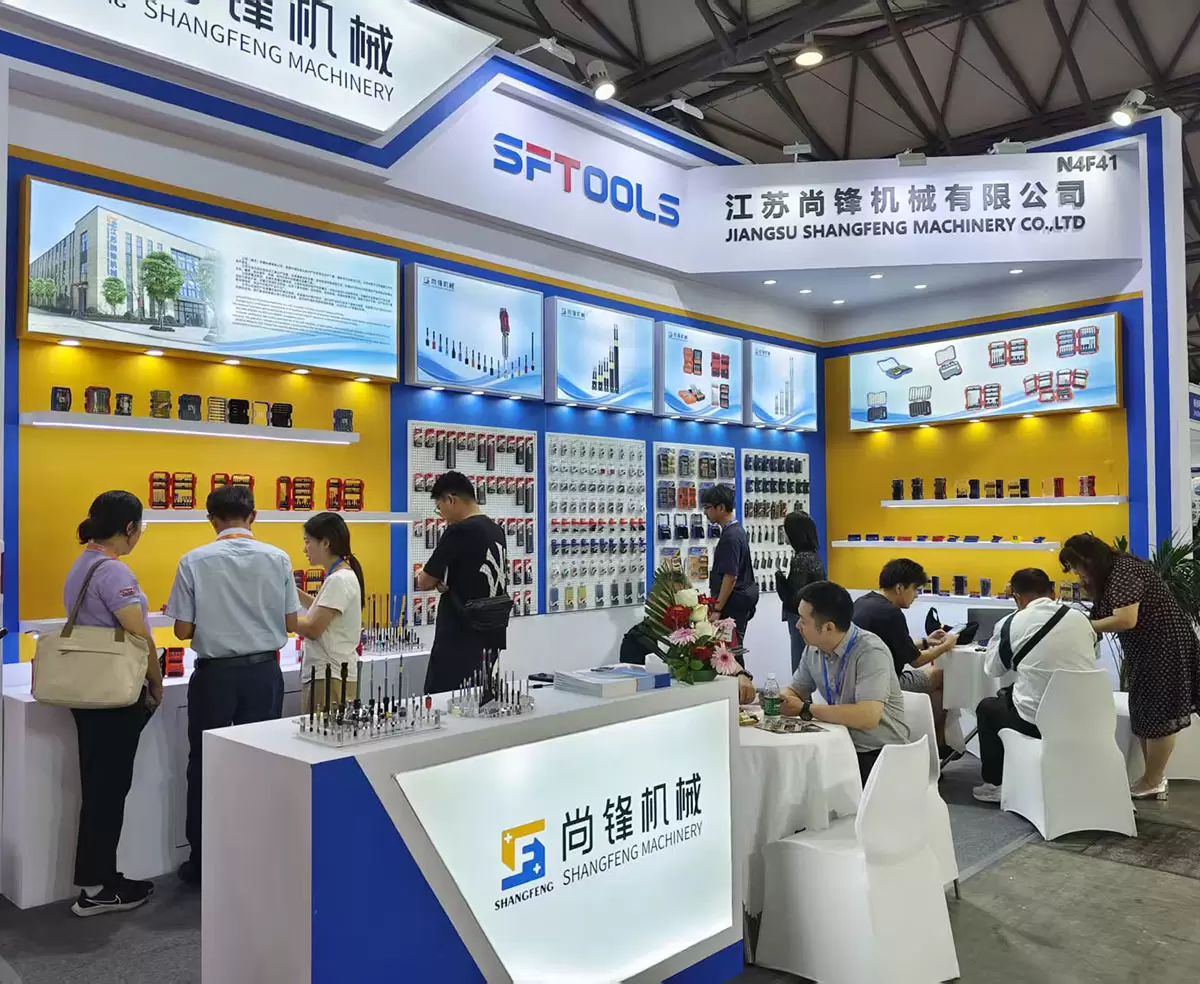In today's fast-paced consumer-driven world, packaging plays a crucial role in product presentation, protection, and preservation. Among the myriad of materials used for packaging, one plastic stands out as the most common and versatile choice. In this article, we delve into the world of packaging plastics and uncover the secrets behind the widespread use of this remarkable material.
- The Reigning Champion: Polyethylene Terephthalate (PET)
Polyethylene Terephthalate, commonly known as PET, is the undisputed heavyweight in the realm of packaging plastics. Its exceptional properties and widespread availability have made it the go-to choice for a wide range of packaging applications. - Unleashing the Power of PET:
2.1 Lightweight and Durable:
PET's lightweight nature makes it an ideal choice for packaging, as it reduces transportation costs and minimizes environmental impact. Despite its lightness, PET is incredibly durable, providing excellent protection for the packaged goods.
2.2 Transparency and Clarity:
PET boasts exceptional transparency and clarity, allowing consumers to see the product inside, enticing them with its visual appeal. This feature is particularly crucial for food and beverage packaging, where product visibility is a key factor in consumer decision-making.
2.3 Barrier Properties:
PET exhibits excellent barrier properties, effectively protecting the contents from moisture, oxygen, and other external factors that could compromise product quality and shelf life. This makes it an excellent choice for packaging perishable goods, such as food and pharmaceuticals.
- Eco-Friendly Advantages:
PET's dominance in the packaging industry is not only due to its exceptional properties but also its eco-friendly advantages. Here are some notable aspects:
3.1 Recyclability:
PET is highly recyclable, making it an environmentally responsible choice. It can be recycled into various products, including new packaging materials, reducing the demand for virgin plastics and minimizing waste.
3.2 Energy Efficiency:
PET recycling requires less energy compared to producing new plastic, further reducing its environmental footprint. This energy-saving aspect contributes to the overall sustainability of PET packaging.
- Innovations and Future Trends:
The packaging industry is constantly evolving, and PET is no exception. Manufacturers are continuously exploring new ways to enhance PET's properties and expand its applications. Some notable innovations include:
4.1 Bio-based PET:
Researchers are developing bio-based PET, which utilizes renewable resources instead of fossil fuels. This advancement aims to reduce the carbon footprint associated with traditional PET production.
4.2 Active and Intelligent Packaging:
Emerging technologies enable the integration of active and intelligent features into PET packaging. These innovations can monitor product freshness, provide real-time information, and enhance the overall consumer experience.
Conclusion:
As we've explored the world of packaging plastics, it becomes evident that PET reigns supreme as the most common and versatile choice. Its exceptional properties, eco-friendly advantages, and continuous innovations make it an indispensable material in the packaging industry. Whether it's protecting food, beverages, or pharmaceuticals, PET continues to shape the future of packaging, ensuring product integrity and consumer satisfaction.


More Stories
Automotive Rubber Hose: Essential Performance Factors and Maintenance Best Practices
Is an EVA School Pencil Case the Smart Choice for Students Today?
Printing Small Functional Parts? Here’s Why Carbon Fiber PLA Resin Works Better